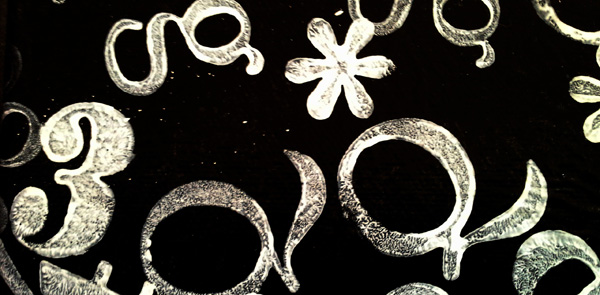Tag: Marketing
-

Photographing my art – beginner level
Photographing your art I set out to learn about photographing my art for two reasons: to get better photos for submission to shows to have good enough digital images that […]

Photographing your art I set out to learn about photographing my art for two reasons: to get better photos for submission to shows to have good enough digital images that […]